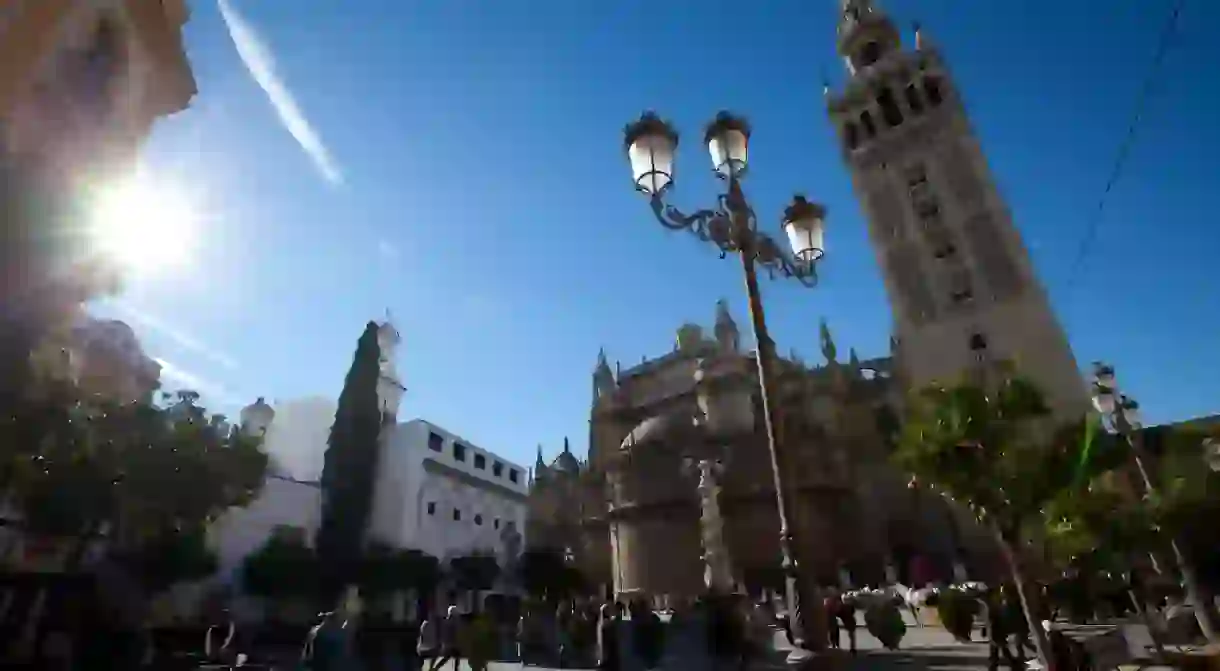Why Is Seville the Capital of Southern Spain?

Despite having been one of southern Spain‘s most important cities for centuries, Seville was only officially named the political capital of Andalusia on June 30, 1982. Owing to its regional and national historic importance, it was a decision that many saw as inevitable. So what’s the story behind its inception?
Background
The decision to name Seville as Andalusia’s political capital was made by the region’s government following a proposal put forward by the Spanish Socialist Worker’s Party (PSOE) and upheld by the communist and socialist parties.
In 1979, three years before the city’s official election as the region’s political capital, Spain had held its first democratic elections since the end of Franco’s 40-year dictatorship. These had put a left-wing coalition in charge of Seville – a coalition that had a powerful say in the region’s parliament, and managed to secure two thirds of its votes when the PSOE proposed the city as Andalusia’s capital.
It was surely a little more than coincidence that the-then president of Spain, Felipe Gonzalez, was a PSOE politican hailing from Seville. But by the early 1980s, the city had for some time been unofficially regarded as the capital of Andalusia, a sun-scorched land of olive groves, flamenco artists and bullfighters so emblematic of Spain for the rest of the world (erroneously, as Spaniards from elsewhere in the country often say).

History
The decision to award this beautiful, romantic city such political importance was another milestone in its return to prominence throughout the 20th century.
Preceding a decline that began in the mid-17th century, Seville had been the Spanish Empire’s greatest city, largely owing to its position on the Guadalquivir river. When the New World was discovered in 1492, the city sat at a point on the river beyond which ships were unable to navigate further inland. It therefore became the key point of contact with the Spanish empire’s new outposts. Seville’s supremacy was officially established in 1503, when a royal decree awarded the city’s Puerto de Indias a trade monopoly on all goods imported from the Americas.
Over the next 150 years Seville accumulated great wealth and power. But in 1649 a plague wiped out half the city and in 1717 the Casa de Contratación – the organisation that had given the city trading monopoly with the Americas – was moved to Cádiz. By 1898, when Spain lost Cuba, Puerto Rico and the Philippines to the U.S. by signing the Treaty of Paris, Seville’s former glory had long faded.

Seville’s return to glory
Despite the Spanish Civil War (1936-39) and World War II – both of which served to isolate Seville from the rest of the country and Europe respectively – the city started to regain prominence throughout the 20th century.
In 1929 it hosted the prestigious Ibero-American Expo, for which the southern part of the city received an extensive facelift (the beautiful Plaza de España was built specifically to be the Expo’s centrepiece). Between 1955-1970 ambitious town planning and expansion ensured that the city grew faster than ever before in its history.
And when Seville was designated Andalusia’s political capital in 1982, it must have seemed to many Sevillanos that something of their city’s former prestige had been officially restored.














